The day we manage to discover the mysterious secrets hidden in the mapping of the human brain – the extraordinary map of neural circuits and the maze of brain activity – the world will inevitably change its geological era.
The day that a scientist discovers the combination to the safe and is capable of opening it, delving into the central computer and unraveling everything the brain has hidden inside, the sapiens civilization will enter into a new dimension that is unimaginable to our current mental schemes.
The brain is the most fascinating organ in a human being. And neurons, the queen mother of all cells – with the exception of sperm and eggs, which are the queen mother of living things. But it remains a mystery.
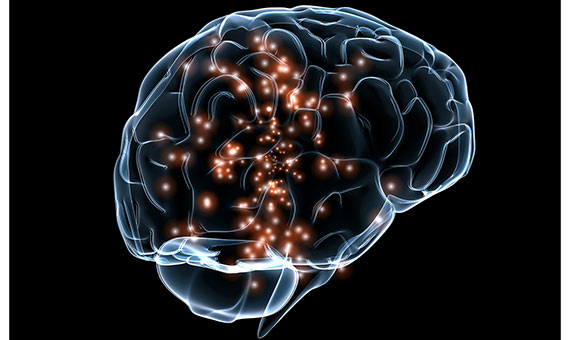
Our head is a mysterious puzzle that has yet to be solved. But sooner or later, we will access its source code, just like genome sequencing, the Rosetta stone of DNA. When this occurs – because it will occur – only God knows what we will find!
When we least expect it, one of the names that make up the planetary sky of neuroscience (Cohen, Dale, Dolan, Evans, Friston, Frith, Raichle, Robbins, Sejnowski, etc.) will shout, “Eureka!” from a university laboratory in Cambridge, Oxford, London, Princeton, Harvard, California, Columbia or Washington.
From that moment, it will be a matter of time until we are able to interfere in its functioning – for better or for worse. Just like the disintegration of uranium atoms, nuclear energy is capable of good and evil, depending on how we make use of the invention.
One day, we will be capable of combating, and even eradicating diseases that are currently unrelenting. We will be able to help patients with brain disorders – both neurological and mental; curing Alzheimer’s, Parkinson’s and autism; reversing the effects of stroke; healing traumatic brain damage; or completely erasing all traces of post-traumatic stress in patients impacted by an emotional experience that threatens to affect their lives as long as they live.
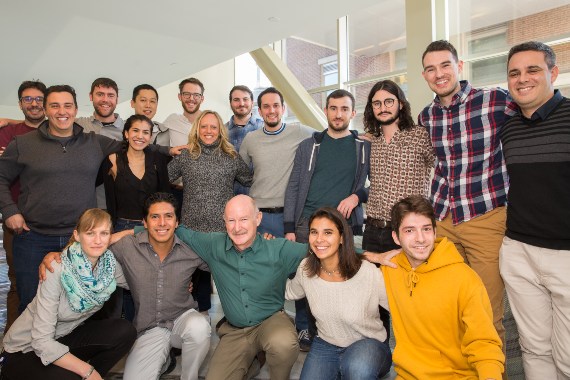
But the day that we understand brain coding, meaning that we are able to read the activity from the gray mass by using programming languages designed ad hoc, it will also be possible to decode thoughts. That day, no secrets will be left. We will become declassified information. All of our inner selves will be left to the lions like the gladiators in the Roman Colosseum. Privacy will be reduced to a pipe dream.
The ‘brain pirates’ (and the privateers, when they are sponsored by governments instead of freelancers) will have free range to invade any brain, know its thoughts, control its actions and manipulate its emotions, like a comedian in a puppet theater taking control of a marionette.
Unfortunately, very few seem to have repaired the risk that daring to open Pandora’s Box entails, as it is not unreasonable to think that it will be the day we start to dig our own tomb, like the legendary John Ford Westerns.
On April 2, 2013, emulating what President Clinton had done 13 years before in June 2000, on the occasion of the presentation of the first draft of the human genome, President Barack Obama appeared in the West Wing of the White House to present the launch of his scientific initiative BRAIN: Research through Advancing Innovative Neurotechnologies.
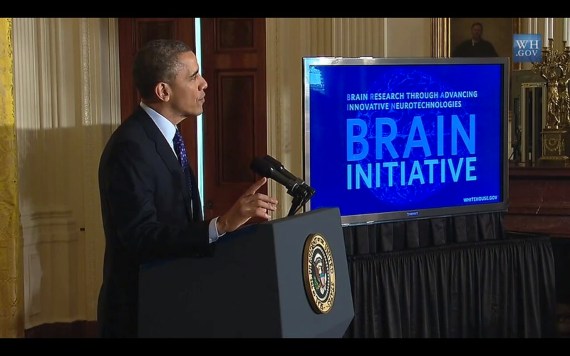
Rafael Yuste, Professor of Neurobiology at Columbia University and one of the main ideologists of BRAIN, has no doubt that we will witness a revolution that will alter the human condition. He is convinced that neuroscience will end up being the main science of humanity.
In order to experience it firsthand, Santiago Ramón y Cajal, the ‘father’ of modern neuroscience and Nobel Laureate in Medicine in 1906, would surely be the first to embark as a stowaway on such an exciting adventure, although he would probably make it a prerequisite to do so outside of the political shuffle.
But every rose has its thorn. The more serious problems will not come from standard cyberattacks – like the one that forced the largest oil pipeline on the east coast of the U.S. to close for a week in May 2021 – but from intrusions into our brains.
Much more severe than the ‘cyber-kidnapping’ of sensitive information from companies or governments (ransomware) will be the cyber-kidnapping of our extremely personal, intimate non-transferable information.
In time, there will be criminals who will make fortunes from the flourishing, lucrative business of taking over our thoughts, encrypting them and blackmailing us to decode them, recover them and prevent them from being shared in exchange for a ransom payment.
Extortion will be commonplace and many victims will have no choice but to pay to prevent their most intimate thoughts from being shared.
Ultimately, human tragedy will not be the disclosure of secrets, but the real risks that we do not even own our own thoughts, let alone our actions.
In 2017, in the November 9th edition of the journal Nature, 25 scientists, led by Professor Yuste, published an article entitled “Four ethical priorities for neurotechnologies and AI.”
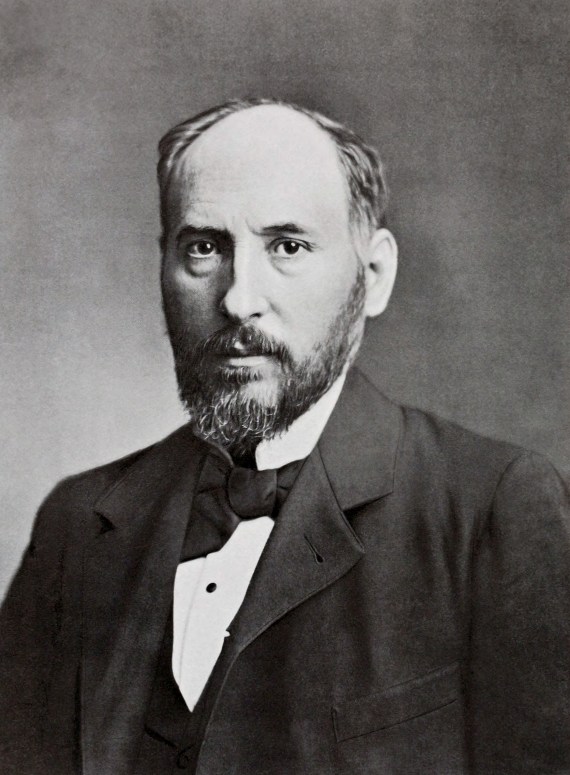
Source: Wikipedia
In the article, they argue for four non-negotiable neuro-rights that artificial intelligence and brain-computer interfaces must respect and preserve:
First, the right to mental privacy; in other words, the information contained in our neurons, under no circumstances can be part of economic transaction, currency or product used for trade.
Second, the right to personal identity and to free will: brain-computer interfaces represent real hope for paraplegic or blind people, but the possibility of building prostheses that directly connect the brains of people with no disabilities to the Internet could also be tempting.
Third, the right to equal access, a prerequisite to prevent social division between two types of human beings: those with access to technology and those that run the risk of being marginalized, excluded. The decision over who can benefit from an implant should under no circumstances be based on economic or social arguments, but strictly on medical ones. However, just like the human brain is divided into two hemispheres, from the beginning of time there have always been two major, irreconcilable social classes: the privileged and the deprived.
Finally, the right to non-discrimination or the right to protection from the biases of algorithms. The next-generation prostheses that will be put on patients will operate using artificial intelligence algorithms created by programmers and software engineers. The algorithms reflect biases, which are the unconscious biases of the people who design them. If they are eventually inserted into intracerebral devices, they run the risk of the patients acquiring the same biases as their creator. It would be a monstrosity if someone were able to reset the brain of another person and give it a predetermined configuration customized by the programmer who installs it.
Every day we learn about the specific tasks of each part of the brain in greater detail: the frontal, parietal, temporal and occipital lobes, the Broca and Wernicke areas and the cerebellum. But the vast majority of neural connections are still full of inaccessible shadows.
Will there be a homo mutant species with a prosthetic brain? What will happen on the day we connect a brain to a computer, in other words, an external computing system (putting on a headband like Minnie, Mickey Mouse’s girlfriend, or a hat with a sensor) as if we were connecting a USB to the port of our cutting-edge laptop? What will happen on the day, as surrealist as it may seem, when we can wirelessly download the content of a brain and upload it to cyberspace?
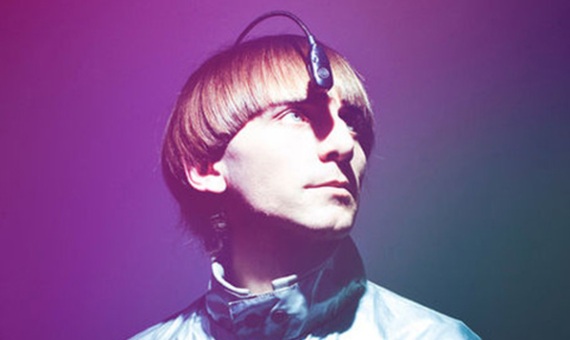
Will our descendents be able to record their minds on a digital file to survive the death of the body (like Johnny Depp in Trascendence), like Marcus du Sautoy wonders, the prodigious mathematician who discovered the music of prime numbers?
Never before did the survival of the homo as a species depended so much on mankind as it does right now. Sapiens is assisted by the freedom to act according to moral virtue, or by selling its soul to Goethe’s Faust, which is always on the prowl.
Antonio Gramsci once prophesied that the monsters tend to emerge by taking advantage of the chiaroscuro that marks the temporary transit between the old world that is dying and the new world that needs time to appear.
The speechwriter for President John Fitzgerald Kennedy wrote, “Those who foolishly sought power by riding the back of the tiger ended up inside.”
José Antonio Ruiz
Nebrija University, Madrid, Spain
Bibliography
BITSCH, Lise (editor). The Human Brain Project: Ethics and Society in Brain Research: Implementing Responsible Research and Innovation (RRI) in the Human Brain Project (HBP), March 2023.
CAMPILLO, José Enrique, La consciencia humana (Human consciousness), Arpa, Barcelona, 2020.
FELDMAN BARRETT, Lisa, La vida secreta del cerebro (The secret life of the brain, (Paidós, Barcelona, 2018.
OPARIN, Aleksandr, Teoría evolutiva del origen de la vida (Evolutionary theory on the origin of life), Plaza & Janés, Barcelona, 1979.
MARIÑO, Xurxo, La conquista del lenguaje: una mirada a la evolución de la mente simbólica (The conquest of language: a look at the evolution of the symbolic mind), Shackleton Books, Barcelona, 2020.
PESSOA, Luiz, The Entangled Brain: How Perception, Cognition, and Emotion Are Woven Together, The MIT Press, Cambridge, Massachusetts, 2022.
PUNSET, Eduardo, El alma está en el cerebro (The soul is in the brain), Debolsillo, 2007.
TIWARI, Sandip, The Ghost in the Machine? Nanotechnology, Complexity, and Us, BBVA Openmind, 2019.
Comments on this publication